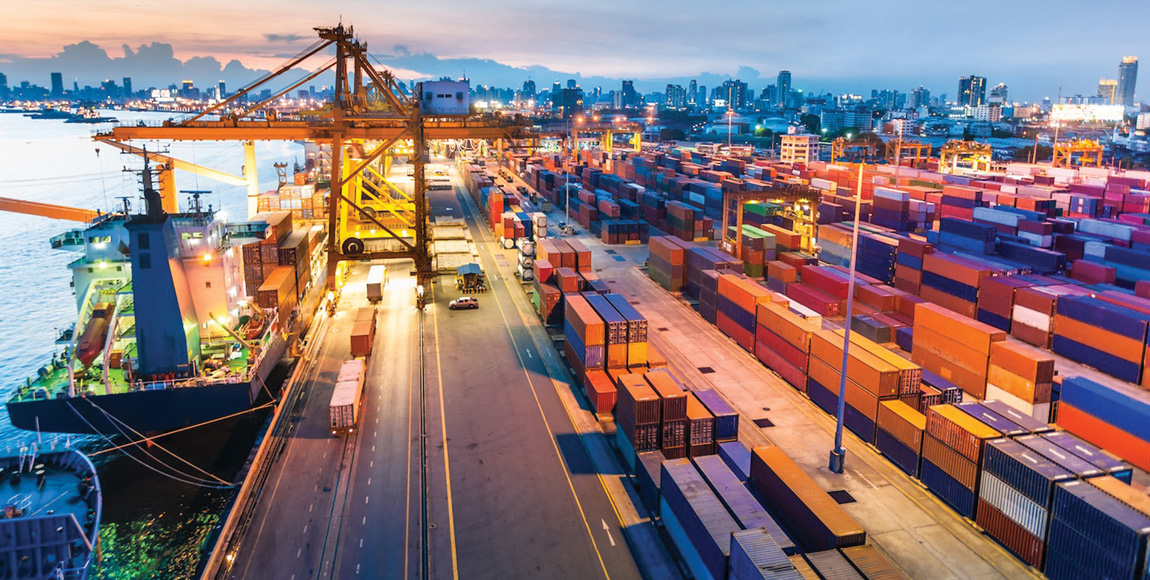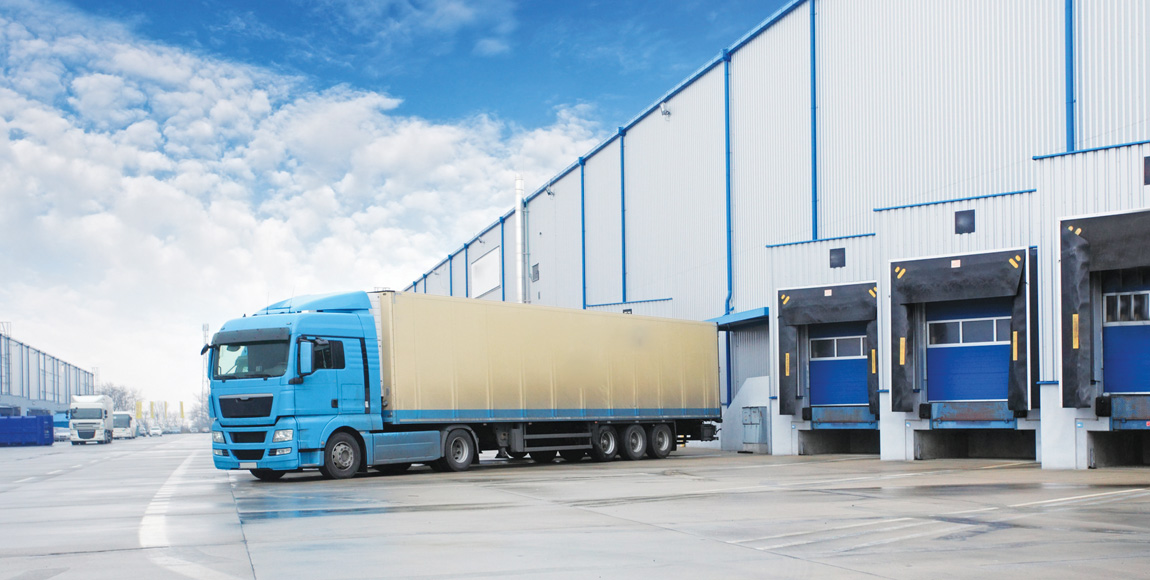Next chapter in efficient transport

As technology continuously improves transport processes, ensuring efficiency within the supply chain is the next step in reducing transport costs. MARISKA MORRIS reports
Technology, such as in-cab monitoring systems, has enabled transport operators to become more efficient with reduced downtime and fuel expenses. While there is still room for improvement, these gains are small compared to the opportunities for improving efficiency within the supply chain.
As Oliver Gracio, sales manager of telematics and assets at DataDot Technology, points out: “Companies no longer compete against companies. Supply chains compete against other supply chains for supremacy. Organisations need their suppliers to assist in decreasing costs, improving customer service and efficiency.”
With supply chains under tremendous pressure, there is no room for inefficiencies. “The good news is that supply chain technology can simplify and optimise business processes,” Gracio says. “It is imperative that companies continually innovate and streamline their supply chains and respective software.”
With the correct technology, a company can ensure greater visibility, more control and reduced operating costs. Available supply technology includes trace devices, radio-frequency identification (RFID) technology, cloud-based platforms and enhanced data-availability platforms.
Before implementing any software, it is important to understand the interconnectivity of the supply chain. Justin Manson, sales director at TomTom Telematics South Africa, notes: “It is important to understand that the supply chain involves different organisations, activities, people and processes.
“We also need to realise that the challenges are extensive and, more often than not, have a ripple effect throughout the supply chain.”
Each link in the supply chain will require its own software solution to optimise efficiency. A key factor to the success of the technology implemented is to avoid or minimise the possibility of human error.
“Although the challenges are often the same, the impact could be different,” Manson says. “When it comes to manufacturing, for example, having a reliable uninterruptible power source is critical to prevent the negative impacts of load shedding.
“Having a good warehouse management system (WMS) will ensure that companies can better control the warehouse operations and manage inventory, for example. A good WMS can also be integrated into the picking and packing processes to automate these functions.”
He adds that a good fleet-management system integrated into a WMS and enterprise resource planning system is essential.
“Being able to automatically dispatch drivers with digital trip sheets or job cards, which include navigation, will help reduce fuel costs. Live traffic updates alert the driver to congestion and possible issues on certain routes,” Manson explains.
A number of software service provides can assist with solutions for transport operators in the supply chain. DataDot Technology, for example, offers its Telematics Guru software that manages and monitors tracking devices, while its VehicleFacts systems provide the microdot status and vehicle facts report.
As much of the software hosts important, sensitive information and data, it needs to be protected. Johan Gericke, senior manager of the IT department at DataDot Technology, notes: “DataDot Technology takes security very serious and ensures that information is protected. Data is transmitted securely from devices to the server with the use of encryption. Our servers are protected and can be accessed by only by authorised personnel.”

Transport operators should also encourage their suppliers and customers to optimise operations with technology. For the transport industry, there is software to monitor vehicles and drivers. TomTom Telematics South Africa offers a number of solutions.
Manson explains: “A key component of a supply chain is the transport aspect. TomTom Telematics South Africa offers Webfleet software as a service solution, which, along with the driver terminals, allows fleet operators to manage all aspects of their fleet and drivers.
“Depending on the vehicle, it is possible to offer immediate fuel-consumption data that shows sudden decreases in fuel.” The company’s OptiDrive360 driver-scoring system allows transport operators to improve driver behaviour. These systems are protected according to international standards.
“We have ISO 27001 certification, which means that the systems adhere to certain standards relating to data security, system uptime and reliability, among other things. These standards are critical when clients are using data to make critical business decisions,” Manson notes.
With Bridgestone Europe, the Middle East and Africa acquiring TomTom Telematics, Mason says more innovative solutions can be expected from the software service provider.
Affordability of this software is key as Pierre Bruwer, MD of Netstar, points out: “We realise that solutions need to be future proof, so we focus on solutions that are scalable, flexible, and adaptable, and that make financial sense to a price-sensitive market. Supply chain requirements hinge around technology that is integrated, fit for purpose and affordable.”
The correct technology from a reputable software service provider could make all the difference to how transport companies operate within the supply chain. As Harry Louw, CEO of Cartrack South Africa, notes: “It is challenging for fleet managers to react quickly to unforeseen disruptions if they don’t have the right technology in place.
“Smart fleet-management solutions are the best way to minimise risks and create a more efficient and timeous process. With modern-day telematics solutions in place, there is no reason for companies to risk theft, unnecessary costs and time-consuming inefficiencies.
“Fleet-management solutions negate risks to a large extent and create a far more efficient and effective environment in which to run successful supply chains,” Louw concludes.
Published by
Mariska Morris
focusmagsa



